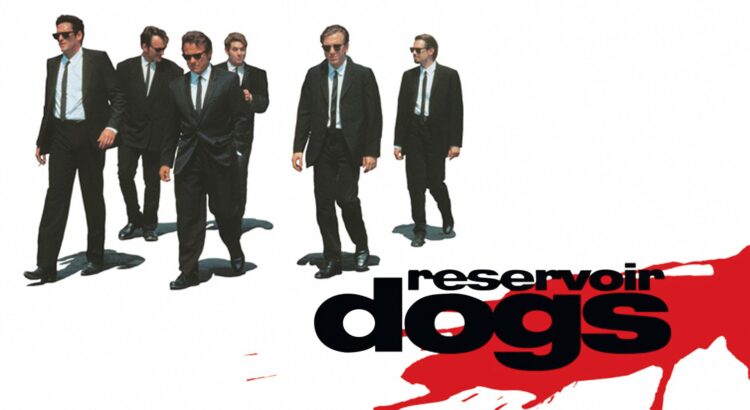Reservoir Dogs has Quentin Tarantino’s fingerprints all over it— or, rather, it is Tarantino’s fingerprint. The plot revolves around a group of laughably dysfunctional thieves that encounter trouble when an undercover cop joins their diamond heist. Obscenity-heavy dialogue bounces between twisted characters in a landscape so grim and hopeless that it borders on absurd. Morality is skewed in Tarantino’s world— one minute, the group is discussing the necessity of tipping waitresses, and the next minute a wailing bloodbath is dismissed as a careless blunder. As his writing and directing debut, Reservoir Dogs not-so-gracefully showcases Tarantino’s filmmaking and character-building style; he invalidates the idea that his characters can be redeemed but retains their humanity through witty conversations and vulnerable relationships. There are no villains, heroes, or even a plot structure that feels rewarding; everything is justified and so everything is disappointing. It’s a caricature of the consequences and tragedy of the real world, just framed in a more shocking and theatrical context, and with a lot more blood for a dramatic flourish.
Watching this movie in the Michigan Theatre felt like committing a sin. Reservoir Dogs felt too gritty and grotesque for the ornate and gilded antiquity of the theatre, creating this visceral irony. The experience itself was an oxymoron. Watching the film in such a comfortable space reminded me of the experience of watching Tarantino’s The Hateful Eight, a similarly gruesome tale of bloody stand-offs and unredeemable acts. There is no fitting place to watch these movies without feeling strangely guilty and disturbed, which I’m beginning to think is exactly the feeling Tarantino is trying to evoke. Reservoir Dogs is intended to make you squirm in your seat and want to avert your eyes but the magnetism of the characters won’t let you. This is bound to be a memorable experience regardless of whether you like the movie or not.
Being his directorial debut, Reservoir Dogs isn’t without its flaws. I had predicted that there would be close-ups of some feminine feet in this film— a weird fetish of Tarantino’s— but there were not. I attribute this to the fact that there were zero women in this movie for more than a brief second. Whether or not this is a flaw is a complicated question, because Reservoir Dogs is mostly set in a claustrophobic space with just a few key characters and the film makes a point of subtly ridiculing the hypermasculinity of the group. Constantly screaming at each other, the group of thieves is everything but emotional apt and professional. The explicit racism in the dialogue also felt a bit too far at times, although it also functioned to deepen the immorality of the characters. The script’s edginess felt a little forceful and phony but retained its entertainment value overall.
The consensus is that Reservoir Dogs is a staple Tarantino, but that also means it isn’t for everyone. If you’re in the mood to laugh a little while feeling thoroughly disturbed, check it out at your own risk. Catch another movie at the Michigan Theatre before the year ends. Don’t miss out on the cheap student tickets!







